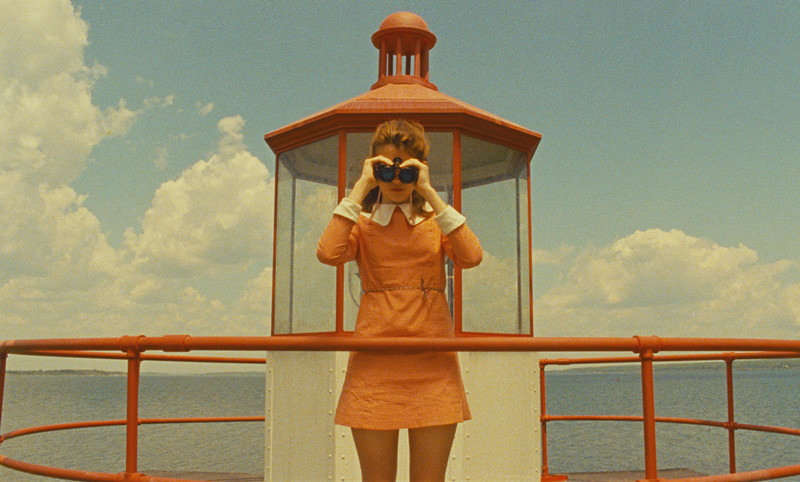
Wes Anderson made his first movie, “Bottle Rocket”, with Luke and Owen Wilson in 1996. It was the debut of both Anderson’s directorial style and the acting careers of the Wilson brothers. The film flopped but still earned some critical praise. In an episode of “Roger Ebert & the Movies”, “Bottle Rocket” was named by director Martin Scorsese as one of his top 10 favorite movies of the 90s.
Flash forward to 2014 at the release of “The Grand Budapest Hotel”. The film grossed $174,600,318 against a budget of $26.7 million. It earned 11 BAFTA nominations (more than any other film), it won a Golden Globe for Best Motion Picture, and was nominated for nine Academy Awards.
Love him or hate him, Anderson has written and directed eight powerful films that share his distinct visual technique and plot style. He has progressed from a quirky filmmaker with low budget mini successes to a full-blown Hollywood director, maintaining his excellent plots and unique visuals.
Note: This list could also be called “Best use of a Kink’s song in a film” or “Best use of Bill Murray in a movie” because Anderson frequently uses one or both in each of his films.
10. The Extracurriculars Scene in Rushmore
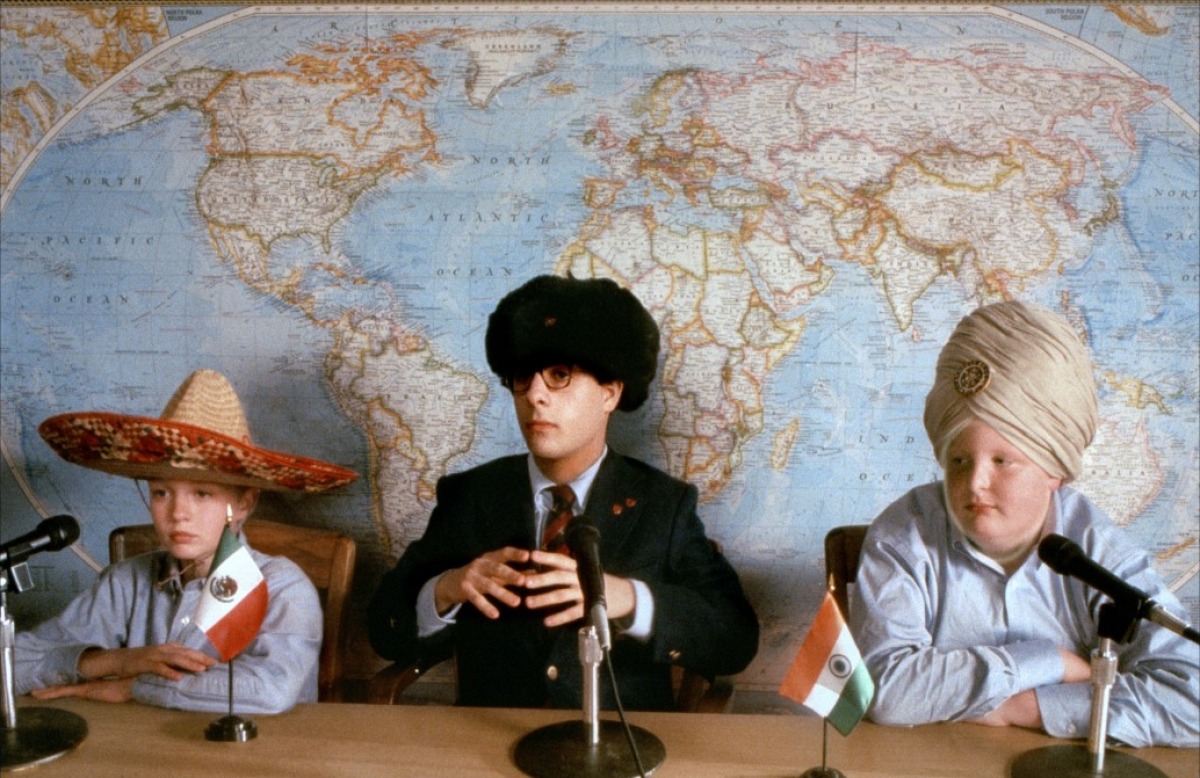
This scene is a character study revealing the main player’s true personality. It centers around the clubs of which Max is a member. It takes the quick pace of a workout montage, adds Anderson’s visual style, and offers a complete introduction to the mind of this teenaged boy. Over the sounds of “Making Time” by The Creation, scenes of Max posing or doing an activity flash by as the caption reads his position in the club.
As the audience sees Max’s incredible amount of clubs and club ranks—president, manager, founder, caption and director are just a few—they are so clearly aware of his busybody personality and how he thrives at Rushmore. Anderson does a stunning job with this character study that is rarely seen in modern film.
9. Chasing the Train in The Darjeeling Limited
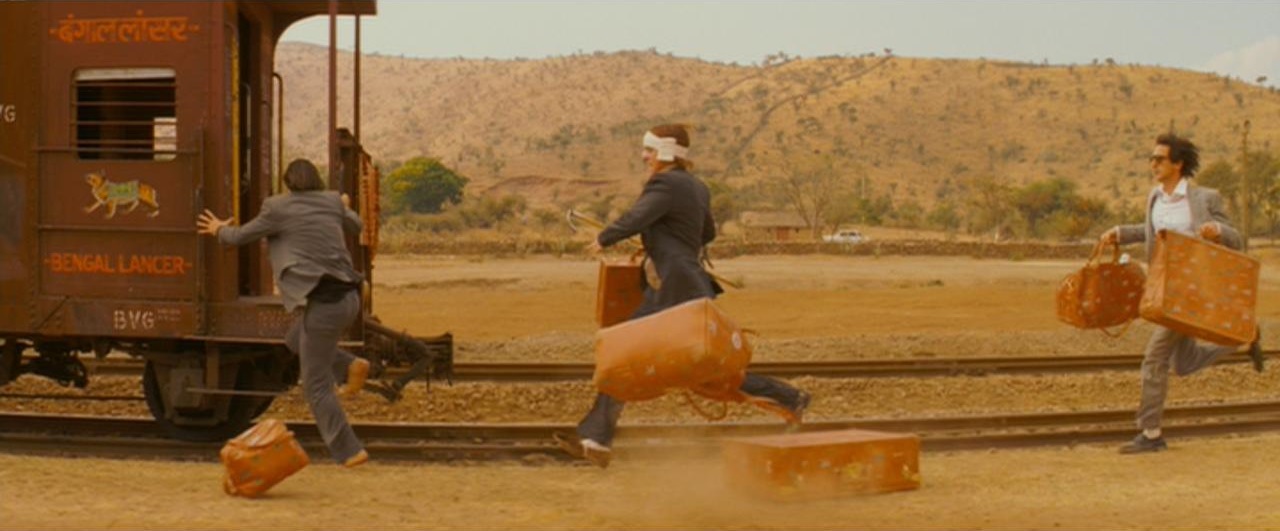
Although it is one of many famous slo-mo shots in the Wes Anderson collection, it stands out alongside the others. In the beginning shots of the film, Bill Murray is seen wordlessly and stressfully racing through traffic in India, late for the train. He finally gets to the station realizing his train is leaving. As the flustered and out of breath man runs after it, Peter (played by Adrien Brody) zooms past him hopping onto it just in time.
The first understandable words in the movie were “wait”, said by the panicking Bill Murray, which set the tone for this classic and heartbreaking story. Peter watches as a defeated Bill Murray gives up his chase with a devastated look. This scene is so genius because, although we never really see Murray again in this film, we are introduced to one of the main characters and the opened to the hectic and agonizing plot.
8. The Pool Scene in Rushmore
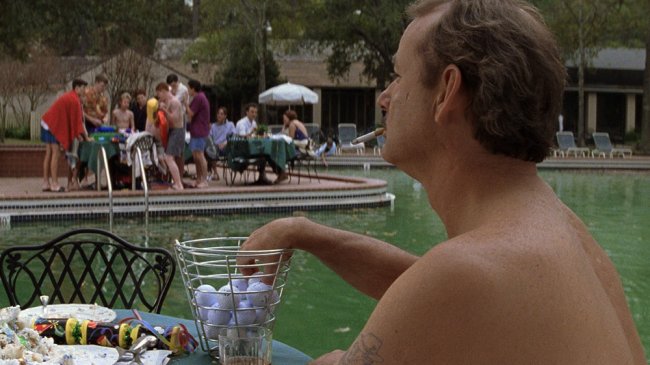
“Rushmore” is the story of Max Fisher (played by Jason Schwartzman) and his struggle as he tries to stay at his beloved private school, Rushmore. He is both aided and hindered by the businessman Herman Blume (played by Bill Murray) and the teacher Rosemary Cross (played by Olivia Williams). Herman and Max both desire Rosemary and chaos ensues from there. While this movie is stylistic in many ways, the true triumph is in the plot.
This scene revolves around Herman and his unhappy home life. At the party for his teenaged twin boys, he watches as his wife flirts with another man and his sons tear open their gifts. He smokes cigarettes and throws golf balls into a greening pool. The aging Bill Murray donning Budweiser swim trunks is as funny as it is heartbreaking. The audience can see how unhappy he is, as well as his destructive personality that will later attract him to Max and Rosemary.
7. The Wolf Scene in Fantastic Mr. Fox
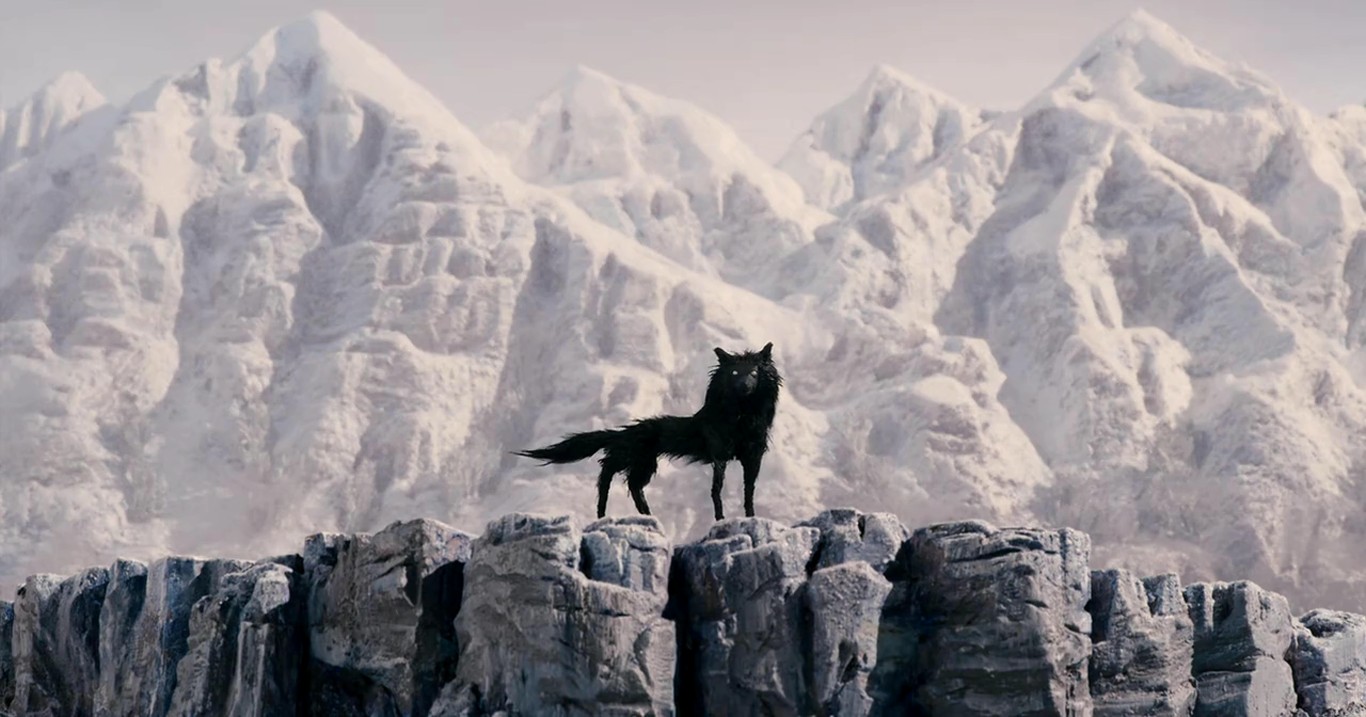
This stop-motion children’s movie based on the Roald Dahl story centers on Mr. Fox (voiced by George Clooney) and his struggle between his home life and his desire to steal food from the wealthy farmers surrounding him. This movie is unique in how it retains the style of Anderson’s other films while using the medium of stop-motion animation.
This scene is right after Mr. Fox saves his family and takes revenge on the farmers. Mr. Fox, his son Ash (voiced by Jason Schwartzman), his nephew Kristofferson (voiced by Wes Anderson’s brother Eric) and the opossum Kylie (voiced by Wallace Wolodarsky) are speeding away from the scene of the crime on motor bikes when they see a wolf in the distance. The wolf to Mr. Fox represents the wildness and freedom he was wishing for.
Although the two cannot communicate, Mr. Fox lifts his paw as the wolf does the same. Mr. Fox tears up before wishing the wolf good luck and moves on his way. In this fast-paced story, the wolf scene offers a break from the hectic storyline and an insight into why Mr. Fox wanted to be wild. While driving away, he separates himself from the wild, vowing to protect his family.
6. The Beach (and dancing) in Moonrise Kingdom
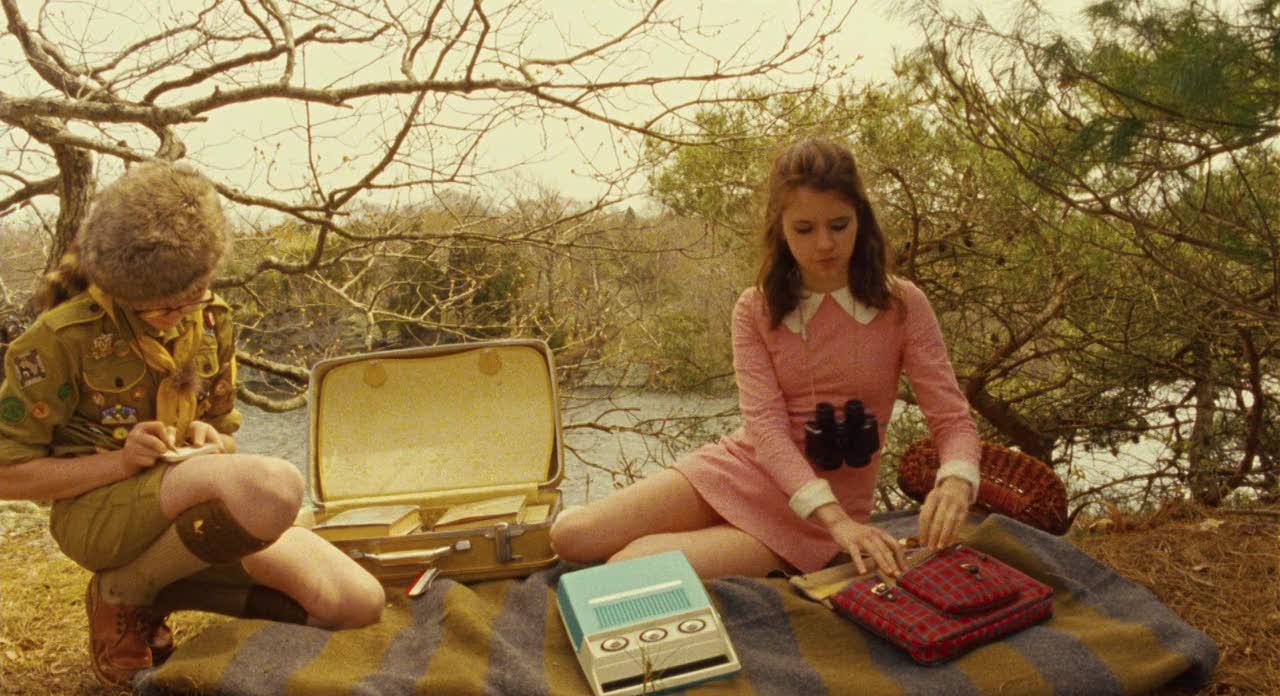
This coming-of-age story centers around the young 12-year old lovers Sam and Suzy as they try to escape from their respective lives. This movie has an all-star cast, with the exception of the young stars, and was critically and commercially popular. This movie is so distinctly Anderson’s style—the quirky characters, the stylized clothing and endearing plot—that it can be almost overbearing. But the movie is genuinely entertaining to watch and is reminiscent of that signature prepubescent angst.
In the beach scene, Suzy and Sam declare their love for each other before stripping down to their underwear to dance to Françoise Hardy. They kiss for the first time and just barely get to first base. This scene is a beautiful portrait of young love and budding sexuality while also visually stunning.
The camera focuses on them in a wide shot before zooming in on their faces with the backdrop of a picturesque cove behind them. This scene can also be uncomfortable to watch, since the actors are so young, but the message of first love is clear.